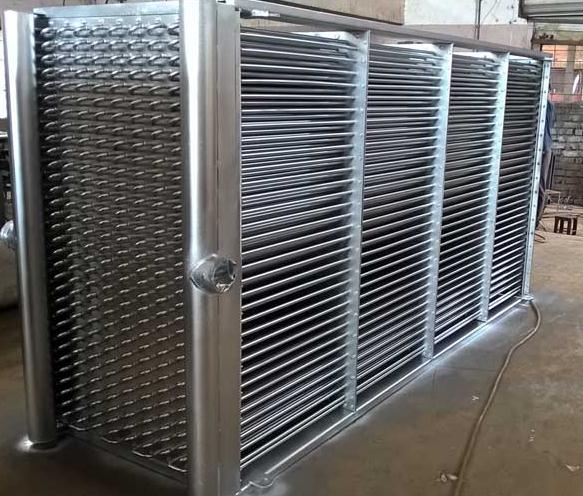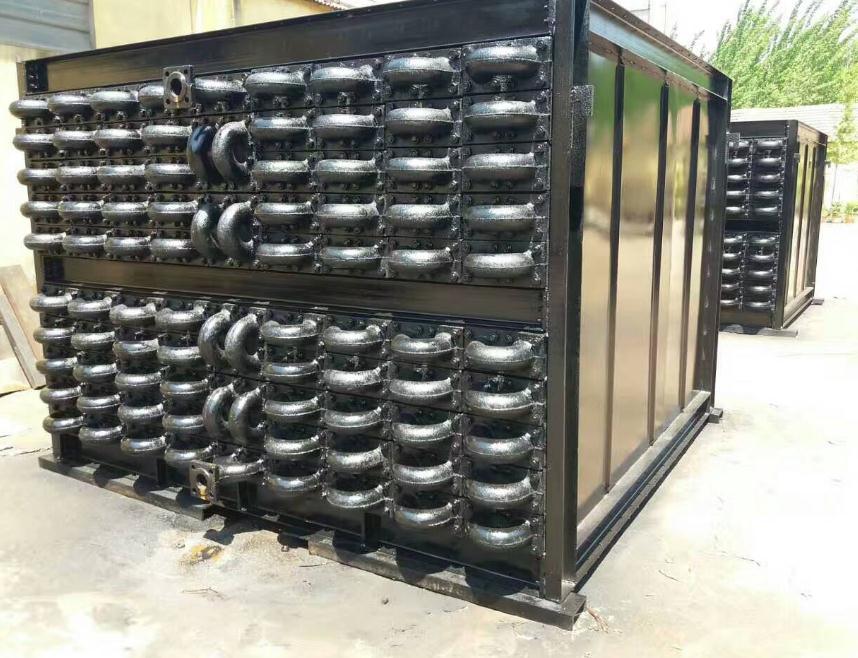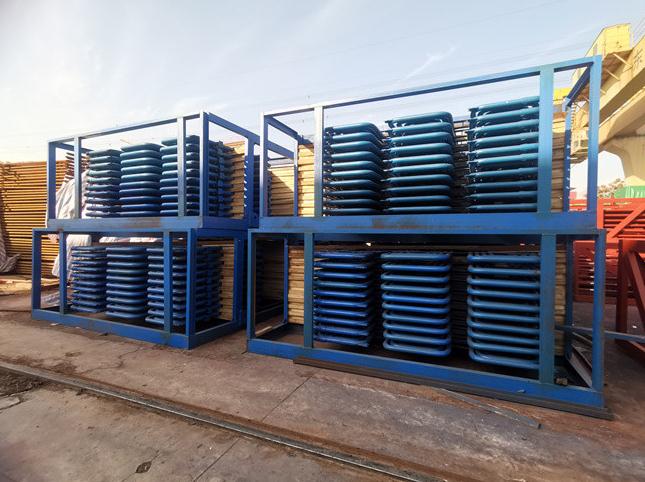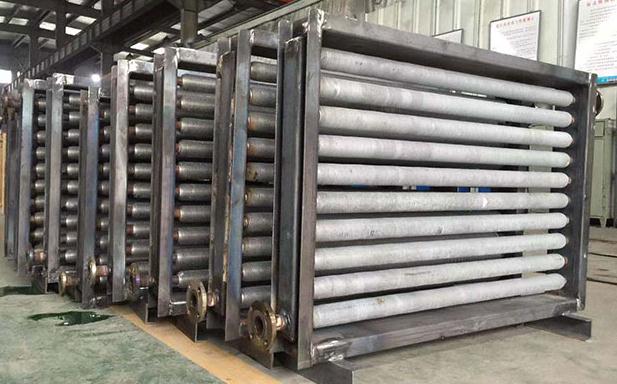The air heat exchanger is a heat exchange device with steel-aluminum composite finned tubes as the heat transfer element.
The fin efficiency of the finned tube directly affects the heat transfer efficiency of the air heat exchanger. So how to improve the efficiency of phantom?

Generally, when selecting and designing the air heat exchanger, select the appropriate specification of finned tubes, select the appropriate fin distance, fin height, and fin thickness; thus design a reasonable air heat exchanger.
The finning ratio of the steel-aluminum composite finned tube is the surface area of the finned tube after adding fins divided by the surface area of the original light tube.

On the finned tube of specified specifications, the surface area of the original light tube remains unchanged, so increasing the finning ratio is mainly to increase the outer surface area of the steel-aluminum composite finned tube.
The size of the outer surface area mainly depends on the main factors of sheet height, sheet distance and sheet thickness.

The higher the sheet height, the smaller the sheet pitch, and the larger the finning ratio of the finned tube. Fins are usually divided into high fins and low fins.
The fins used for finned tubes of air heat exchangers usually use low fins, and the height of low fins is generally 12-16mm.

In the case of a certain fin height, a high finning ratio can be obtained by appropriately reducing the fin pitch; when the fin height and fin pitch are fixed, the thinner the fin thickness, the higher the finning ratio.
The commonly used specifications of steel-aluminum composite finned tubes for air heat exchanger are 25*2.5 base tubes. In this range, select a specification with a high finning ratio to design a reasonable air heat exchanger.
